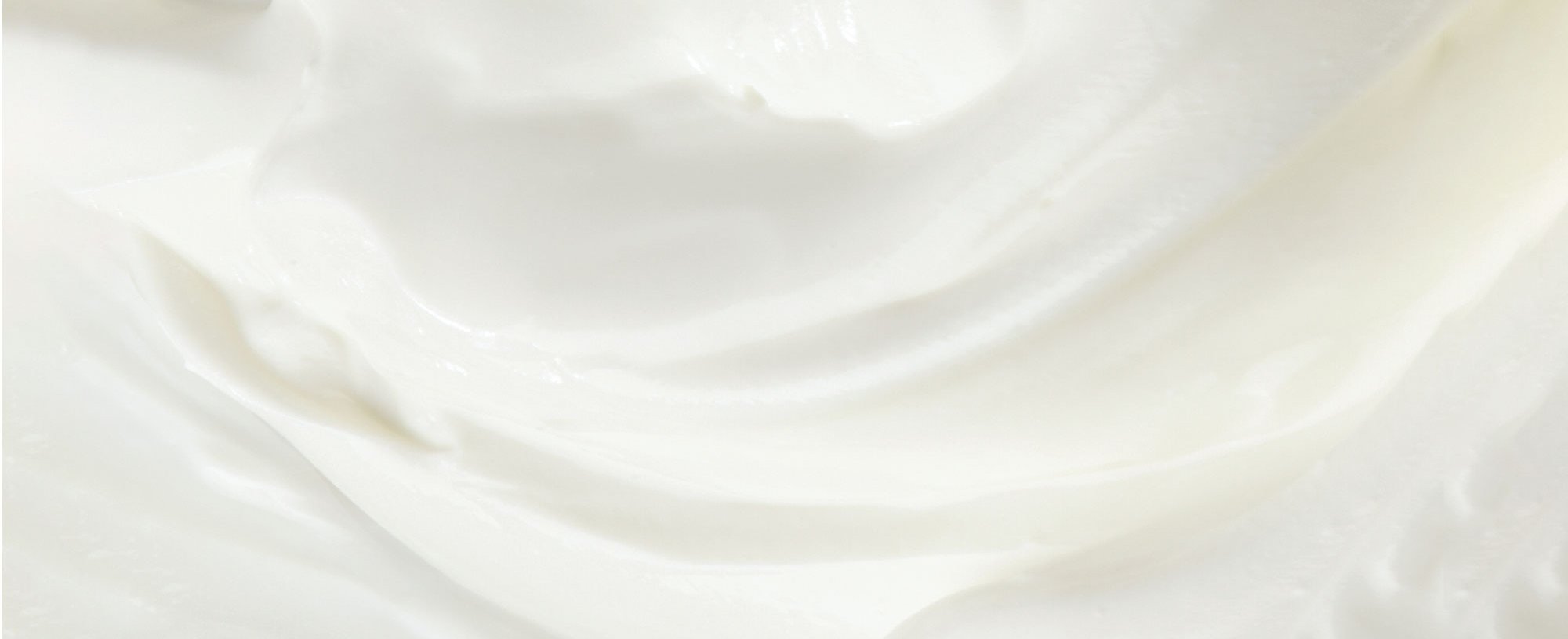If you aren’t familiar with the term skin elasticity, get ready for an overdue skin care lesson. Skin elasticity is something that impacts everyone’s skin, but it can have an especially noticeable effect on how your skin ages over time (as a loss of elasticity is the known culprit behind sagging skin). Whether you’re brushing up on your skin knowledge or are starting from scratch, read on for what you should know about skin elasticity.
WHAT IS SKIN ELASTICITY?
So, you know that skin elasticity is important, but what exactly is it? The Cleveland Clinic states skin elasticity is your skin’s ability to go back to its original state after being stretched. This is supported by two proteins in your skin: collagen and elastin.
HOW DOES SKIN ELASTICITY PLAY A ROLE IN SKIN AGING?
Your skin elasticity plays a role in three major skin concerns. Here’s how:
1. Wrinkles. First and foremost, a lack of skin elasticity is one of the main causes of wrinkles and fine lines. The Mayo Clinic explains that with age, your skin naturally becomes less elastic and more fragile. As your skin loses its strength and flexibility, it also starts to sag and become wrinkled.
2. Sagging skin. As we mentioned, when your skin loses elasticity over time, it can sag. The loss of the elastic tissue in the skin that occurs with age causes the skin to become slack and hang loosely, according to the Cleveland Clinic.
3. Roughness. Elasticity can also affect your skin texture. The Mayo Clinic states that if the outermost layer of the epidermis doesn't contain enough water, your skin will lose elasticity and feel rough.
AT WHAT AGE DOES SKIN LOSE ELASTICITY?
As you now know, as you get older, your skin’s elasticity starts to lessen. When does this happen? According to the Cleveland Clinic, usually, as people reach their 30s and 40s, their skin will begin losing its elasticity. This doesn’t happen all at once when you hit a milestone birthday, but gradually over time.
HOW DO YOU KNOW IF YOU HAVE GOOD SKIN ELASTICITY?
Now that you know how age factors into skin elasticity, you’re probably wondering if there’s a way to tell if you have good or depleted skin elasticity and whether you should start to seek out treatment and skin care products designed for improving the appearance of sagging skin. There is a test known as the “Pinch Test” that you may see recommended to judge elasticity. The skin under your eyes is gently pinched; then, you see how quickly it bounces back. The idea is that the quicker it returns to its normal state, the more elastic your skin is. Of course, quick at-home “tests” can’t replace a trip to the dermatologist. If you’re concerned about your skin elasticity, it’s worth making an appointment and getting the opinion of an expert.
3 USEFUL TIPS TO HELP IMPROVE SKIN ELASTICITY
We’re sure you’re itching to keep your skin elasticity in check, now that you know all the ways it can impact the look of your skin. Here are three ways we’ve identified to help improve your skin elasticity.
#1. USE SUN PROTECTION
The Mayo Clinic states that exposure to ultraviolet radiation breaks down your skin's connective tissue (collagen and elastin fibers), speeding up the aging process. This breakdown of elastin fibers causes the skin to sag, stretch, and lose its ability to snap back after stretching, according to the Cleveland Clinic. One of the best things you can do is to make sure to apply SPF—and reapply—daily, along with taking other sun protection measures! To knock out two steps in one, we recommend trying the L’Oréal Paris Revitalift Triple Power Day Lotion SPF 30 as the last step in your morning routine.
It is also essential to take other sun protection tips, as recommended by the Food & Drug Administration, including limiting time in the sun and wearing protective accessories.
#2. USE PRODUCTS DESIGNED TO HELP
According to the American Academy of Dermatology, creams and lotions will only have a subtle effect on the appearance of sagging skin and elasticity. That said, they say that products containing a retinoid can help tighten the look of skin and improve its elasticity over time with continued use.
#3. MICRONEEDLING
Treatment options such as microneedling (which involves tiny needles poking holes in the skin) could help increase collagen production and improve skin elasticity, per a study from the National Center for Biotechnology Information. If microneedling is of interest to you, this is something else you can discuss with your dermatologist!
In the meantime, you can learn more about the buzz surrounding this skin care treatment from our article, Should You Try Microneedling At Home?







